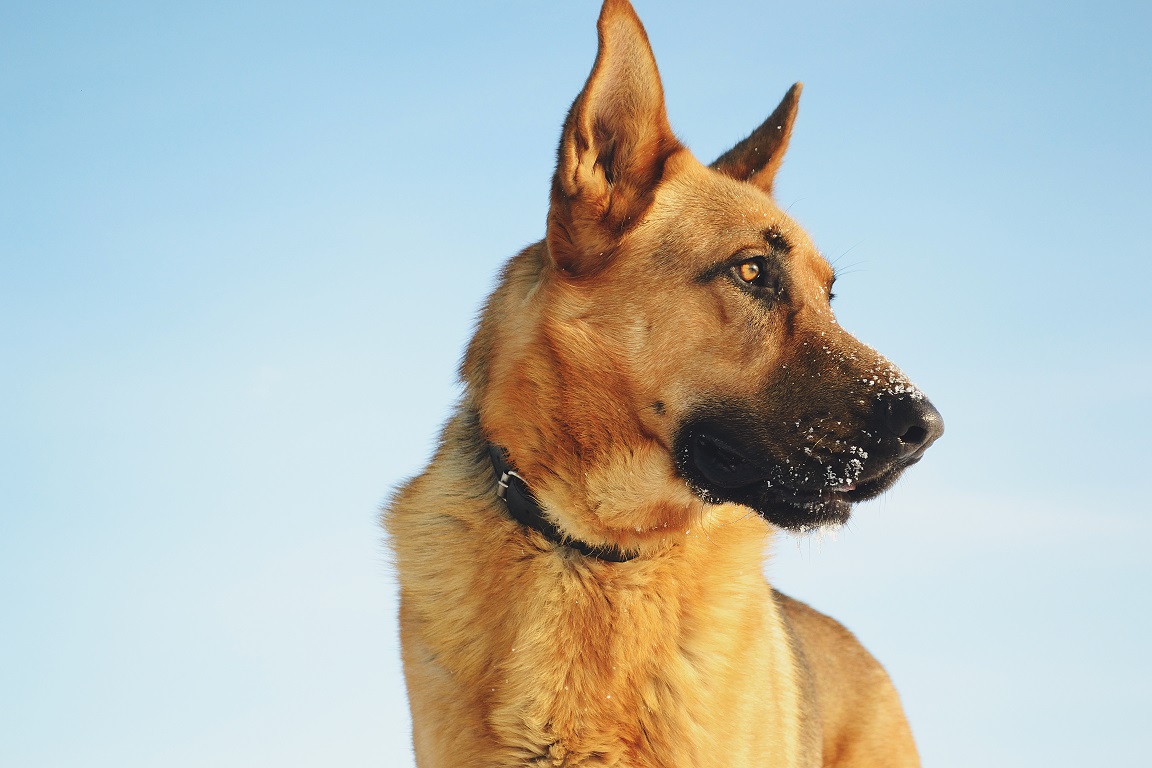Posted on 22 Oct 2019 in Cats, Disease, Dogs, Darwin
What is My Pet's Quality Of Life
What is my pet's Quality of Life?
It is not always easy to judge how your pet is going ,especially when they are a part of the family and when you see them everyday. Subtle changes may go unnoticed and our furry friends can be very good at 'coping' with illness, pain and distress without showing any obvious signs.

You can print off this helpful table so you and your family can decide how your pet is travelling, both physically and mentally. If you want, each family member can fill out their own handout and you can compare. Do not hesitate to ask us questions, as this is an important part of deciding whether your answers truly reflect your pet's state of health and happiness
| Part 1: Pet's Quality of Life | Score: 0= no change; 1= some changes noted; 2 = very different to normal |
| Desire to be around the family | |
| Interactions with family or other pets (aggression, irritability, playing etc) | |
| Appetite | |
| Drinking | |
| Urination | |
| Bowel movements | |
| Ability to move around | |
| Normal play activities | |
| Dislikes (e.g. sounds, storms, strangers) | |
| Stress or anxiety levels | |
| Confusion | |
| Nighttime activity/ sleeping routine | |
| Breathing or panting patterns | |
| Outward signs of pain (discuss with vet ) | |
| Pacing around the house | |
| Weight or body condition and muscling | |
| Total: | |
| Part 2 : family concerns | 0 = no concerns; 1= some concerns; 2= very worried |
| Your pet's suffering | |
| Your ability to nurse your pet | |
| Your desire to nurse your pet | |
| Your pet dying alone | |
| Not knowing the right time to euthanase | |
| Coping with loss | |
| Concern for other animals in our house hold | |
| Concern for other family members | |
| Total: |
Quality of life: Interpretation (for the vet)
Part 1: Pet's Quality of Life
- 0-8 QOL is most likely okay/adequate. No medical intervention required yet but vet's guidance may be needed on signs/symptoms to watch for
- 9-16: QOL is questionable and medical intervention is suggested. Pet would benefit from veterinary check /tests/meds etc
- 17-36: QOL is a definite concern. Changes will likely become more progressive and severe. Pet and family would benefit from counselling re: end stages/euthanasia as well as any palliation options to make a more informed decision can be made.
Part 2: Family's concerns
- 0-4: family has minimal concerns (this does not mean the pet has good QOL!)
- 5-9: family concerns are mounting.
- 10-16: Family has significant concerns
Other questions to ask:
- Have you ever lost a pet before? If so , what are your experiences?
- What do you hope the life expectancy of your pet will be? What do you think it will be?
- What is the ideal situation you wish for, for your pet's end of life experience (at home, pass away in her sleep, etc)?
Image via freestocks.org

